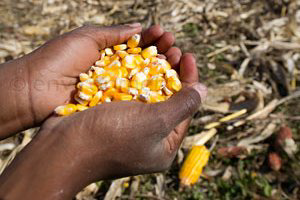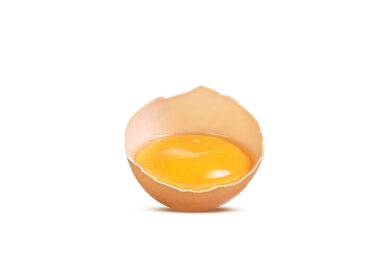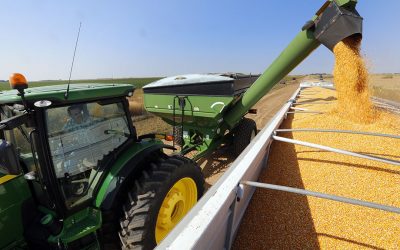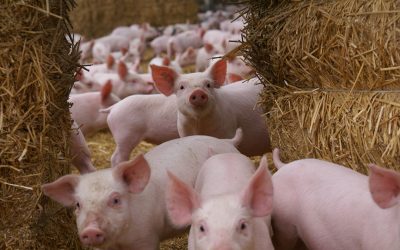Global demand for maize puts stress on South African market

South Africa’s animal feed industry, poultry producers and consumers face greater strain as the international demand for local grain products looks set to diminish the domestic maize surplus.
This would place the country back at last year’s position where a shortage of maize was forecast as a result of excessive exporting by traders.
“The problem would be that as soon as a significant level of supply was extracted from the market, prices would move away from export parity to import parity, as seen in late 2011 and earlier this year” said André Jooste, the executive director at the National Agricultural Marketing Council.
The latest food price monitor released by the council on Friday paints a gloomy picture for local and international food price trends.
Domestic white maize prices increased by 41% in July from a year earlier, the research revealed, while local yellow maize prices rose by 37% year on year. Domestic wheat prices increased 14% year on year in July.
In July, international maize prices advanced by 23% month on month, surpassing the peaks of 2008 and last year. Since August 2010, maize has more than doubled in price.
More planting
Jooste said the record high prices would continue to put pressure on the feed industry, but it would also stimulate planting in the new season between October and November.
Some media reports, quoted Grain SA as saying that the 995,000 tonnes surplus, which was available for this marketing season, would diminish if the country continued to export maize at the current rate.
According to Grain SA, about 522,000 tonnes of white and yellow maize was exported between May and the second week of August this year.
Animal Feed Manufacturers Association executive director De Wet Boshoff said since the industry was a price taker, it would face challenges associated with higher prices for feed commodities.
Feed prices up
He disclosed that the feed manufacturers would increase their feed prices “drastically” to cover input costs, which would also result in higher food inflation.
The poultry industry had also been hit, as the high number of imports from Brazil had depressed prices, which would result in job cuts.
“If retailers keep importing cheap poultry products, prices will be depressed. Government officials and industry need to sit around a table and find a way to create jobs and economic growth,” he said.











